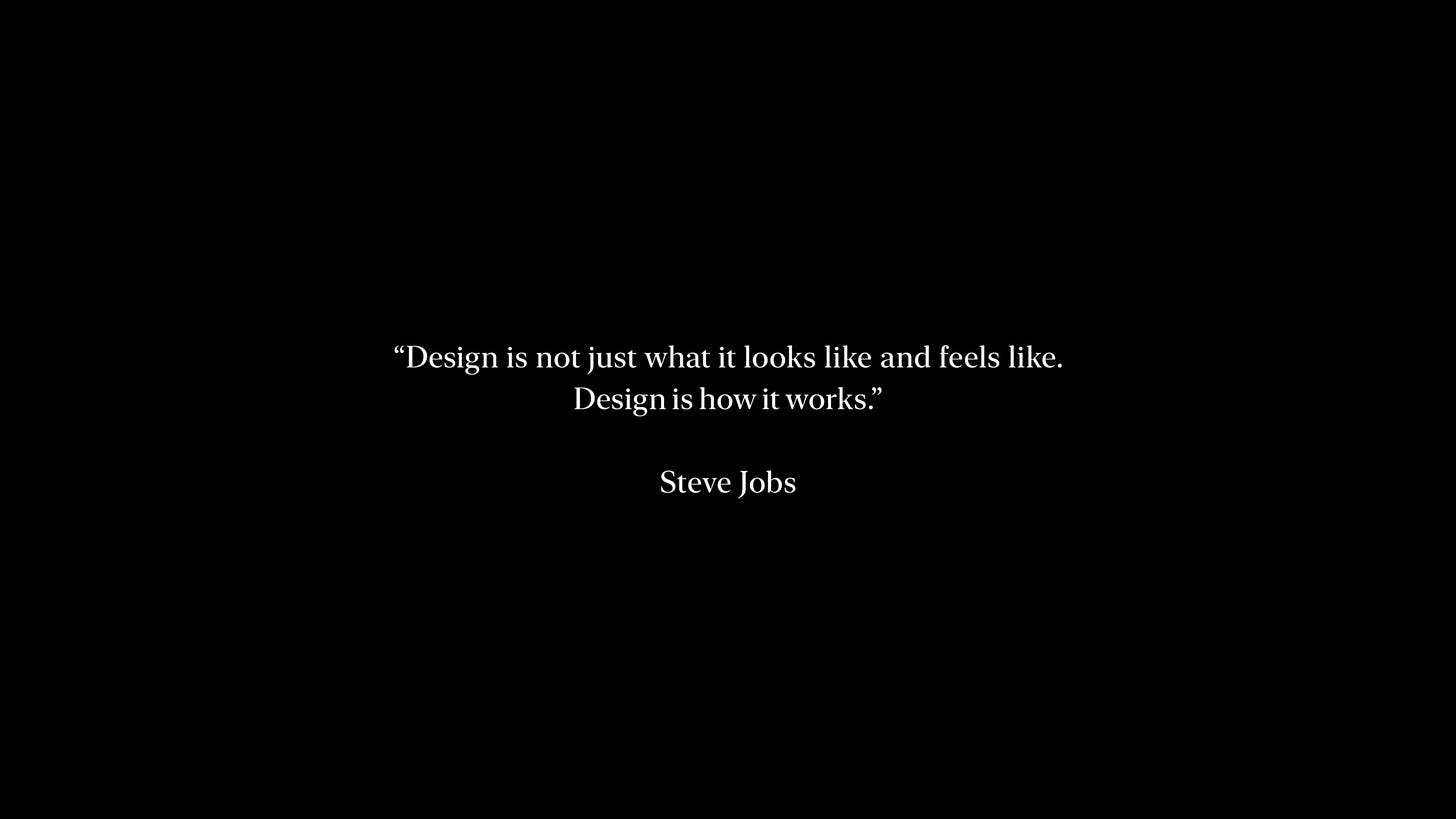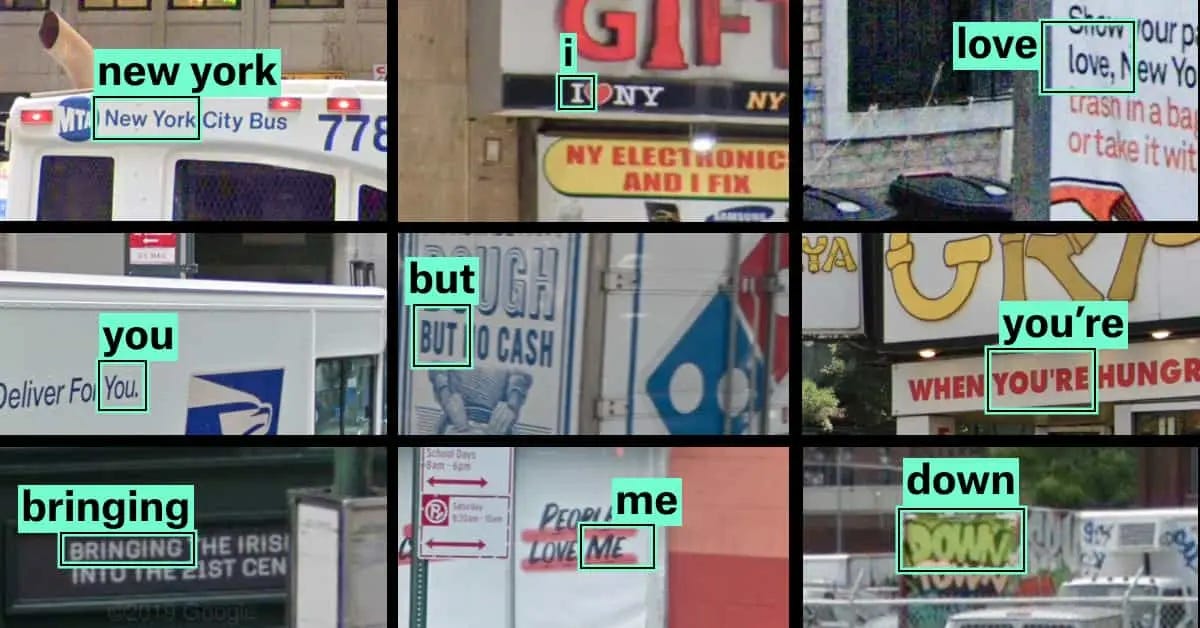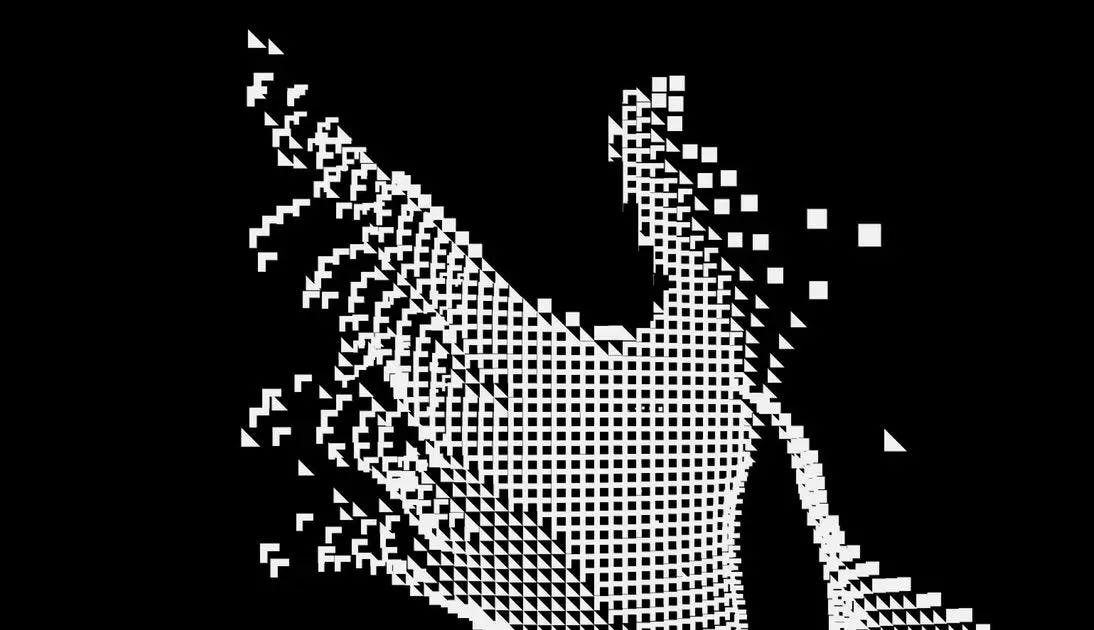Design is how it works (and what it looks and feels like)
Notes on the September Apple event. Mario and Luigi are just themes. All the text in NYC.
Tim Cook opened yesterday’s Apple keynote with a quote from Steve Jobs:
Design is not just what it looks like and feels like. Design is how it works.
If I’m being nitpicky, it’s a slight paraphrase—though it is clarifying. In 2003, two years after the iPod launched, Rob Walker of The New York Times did a profile on Apple. The now popular quote about design, the one that opened yesterday’s Apple event comes from this piece. Here it is in full:
[The iPod] is, in short, an icon. A handful of familiar clichés have made the rounds to explain this — it’s about ease of use, it’s about Apple's great sense of design. But what does that really mean? “Most people make the mistake of thinking design is what it looks like,” says Steve Jobs, Apple’s C.E.O. “People think it’s this veneer — that the designers are handed this box and told, ‘Make it look good!’ That’s not what we think design is. It’s not just what it looks like and feels like. Design is how it works.”
People misinterpret this quote all the time to mean design is only how it works. That is not what Steve meant. He meant, design is both what it looks like and how it works.
Steve did care about aesthetics. That’s why the Graphic Design team mocked up hundreds of PowerMac G5 box designs (the graphics on the box, not the construction). That’s why he obsessed over the materials used in Pixar’s Emeryville headquarters. From Walter Isaacson’s biography:
Because the building’s steel beams were going to be visible, Jobs pored over samples from manufacturers across the country to see which had the best color and texture. He chose a mill in Arkansas, told it to blast the steel to a pure color, and made sure the truckers used caution not to nick any of it.
Yesterday’s keynote highlighted Apple’s excellence at both form and function.
Highlighted Links
The History of Themeable User Interfaces
Brad Frost, of atomic design fame, wrote a history of themeable UIs as part of a deep dive into design tokens. He writes, “Design tokens may be the latest incarnation, but software creators have been creating themeable user interfaces for quite a long time!” And yes, you can think of Mario and Luigi as the same graphic, but themed differently!
NYC’s Urban Textscape
Here’s a fun visual essay about a artist Yufeng Zhao’s piece “Alt Text in NYC.” It’s a essentially a visual search engine that searches all the text (words) on the streets of New York City. The dataset comprises of over eight million photos from Google Street View!
DOC • Interface
DOC is a publication from Fabricio Teixeira and Caio Braga that I’ve linked to before. Their latest reflection is on interfaces.
A good user interface is a good conversation.
Interfaces thrive on clarity, responsiveness, and mutual understanding. In a productive dialogue, each party clearly articulates their intentions and receives timely, understandable responses. Just as a good conversationalist anticipates the next question or need, a good interface guides you smoothly through your task. At their core, interfaces translate intent into action. They’re a bridge between what's in your head and what the product can do.
Reflection is the best word I’ve found to describe these pieces. They’re hype-free, urging us to take a step back, and—at least for me—a reminder about our why.
What I’m Consuming
The Complete Guide to Vibe Coding Without a Developer: The 14 Key Lessons to Learn Before You Start. Vibe coding lets non-developers build apps quickly using AI-powered tools, but requires careful research and planning. Most of the work is testing and fixing bugs, and the platforms have limits that may force a switch to traditional coding later. Start simple, learn the tools well, and plan your long-term strategy before you begin. (Jason Lemkin / SaaStr)
It’s the (Theoretical) End of Web Publishing (and I Feel Fine). Web publishing once offered a magical chance to freely create and share writing with the world. Now, many sites chase clicks and copy success, losing the original joy of making something new. Despite business pressures, the true magic of writing on the Internet still lives on. (Will Leitch)
Alien: Earth. I’m hooked on FX’s new prequel series that drops the xenomorph nightmare right onto our planet. It’s tense, has perfect 1970s retro-future vibes, and packed with the kind of corporate backstabbing and sci-fi horror that makes Alien great. Honestly, it’s the best the franchise has felt since Aliens.






